Date
Publisher
arXiv
In the era of personalized education, the provision of comprehensible
explanations for learning recommendations is of a great value to enhance the
learner's understanding and engagement with the recommended learning content.
Large language models (LLMs) and generative AI in general have recently opened
new doors for generating human-like explanations, for and along learning
recommendations. However, their precision is still far away from acceptable in
a sensitive field like education. To harness the abilities of LLMs, while still
ensuring a high level of precision towards the intent of the learners, this
paper proposes an approach to utilize knowledge graphs (KG) as a source of
factual context, for LLM prompts, reducing the risk of model hallucinations,
and safeguarding against wrong or imprecise information, while maintaining an
application-intended learning context. We utilize the semantic relations in the
knowledge graph to offer curated knowledge about learning recommendations. With
domain-experts in the loop, we design the explanation as a textual template,
which is filled and completed by the LLM. Domain experts were integrated in the
prompt engineering phase as part of a study, to ensure that explanations
include information that is relevant to the learner. We evaluate our approach
quantitatively using Rouge-N and Rouge-L measures, as well as qualitatively
with experts and learners. Our results show an enhanced recall and precision of
the generated explanations compared to those generated solely by the GPT model,
with a greatly reduced risk of generating imprecise information in the final
learning explanation.
What is the application?
Who is the user?
Who age?
Why use AI?
Study design
